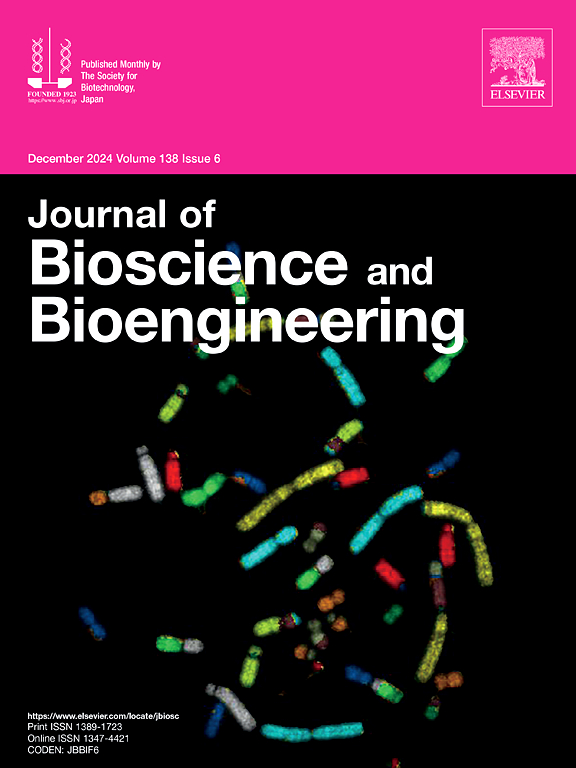数据集设计在开发鲁棒U-Net模型用于无标签细胞形态评估中的重要性。
IF 2.9
4区 生物学
Q3 BIOTECHNOLOGY & APPLIED MICROBIOLOGY
引用次数: 0
摘要
再生医学的进步强调了对无标签细胞图像分析的需求,以取代传统的显微镜观察来进行无创细胞质量评估。基于图像的评估为细胞分析提供了高效、定量和自动化的方法,但分割仍然是一个关键和具有挑战性的步骤。在本研究中,我们研究了训练数据集设计如何影响U-Net模型对细胞分割的鲁棒性,重点关注细胞培养中有限的数据可用性带来的挑战。利用代表关键形态类别的四种细胞类型的2592对图像,我们构建了42种调查模式,以评估数据集大小、数据集内容和形态多样性对模型性能的影响。我们的研究结果表明,使用4倍物镜捕获的大约10张原始图像可以开发健壮的分割模型,这比通常假设的数据集要小得多。数据集内容被发现是至关重要的:与捕获罕见或不规则细胞模式的训练数据集图像相比,捕获常见观察到的细胞模式的训练数据集图像产生了更强大的模型,后者通常会以较大的偏差损害模型的性能。此外,当在所有四种细胞类型中测试时,在训练数据集中包括纺锤形和圆形细胞形态提高了模型的鲁棒性,而仅限于单一形态类型的数据集无法实现鲁棒性模型。这些发现强调了收集具有代表性但不同细胞形态的数据集的重要性。通过解决数据集设计的关键问题,本研究为在制造和研究应用中有效使用基于深度学习的细胞分割模型提供了可操作的指导。本文章由计算机程序翻译,如有差异,请以英文原文为准。
Importance of dataset design in developing robust U-Net models for label-free cell morphology evaluation
Advances in regenerative medicine highlighted the need for label-free cell image analysis to replace conventional microscopic observation for non-invasive cell quality evaluation. Image-based evaluation provides an efficient, quantitative, and automated approach to cell analysis, but segmentation remains a critical and challenging step. In this study, we investigated how training dataset design influenced the robustness of U-Net models for cell segmentation, focusing on challenges posed by limited data availability in cell culture. Using 2592 image pairs from four cell types representing key morphological categories, we constructed 42 investigation patterns to evaluate the effects of dataset size, dataset content, and morphological diversity on model performance. Our results showed that robust segmentation models could be developed with approximately 10 raw images captured using a 4× objective lens, a much smaller dataset than typically assumed. The dataset content was found to be crucial: training dataset images that captured commonly observed cell patterns yielded more robust models compared to those capturing rare or irregular cell patterns, which often impaired model performance with large deviations. Additionally, including both spindle and round cell morphologies in the training datasets improved model robustness when tested across all four cell types, while datasets restricted to a single morphology type could not achieve robust models. These findings highlight the importance of curating datasets that capture representative yet diverse cell morphologies. By addressing critical questions about dataset design, this study provides actionable guidance for the effective use of deep learning-based cell segmentation models in manufacturing and research applications.
求助全文
通过发布文献求助,成功后即可免费获取论文全文。
去求助
来源期刊

Journal of bioscience and bioengineering
生物-生物工程与应用微生物
CiteScore
5.90
自引率
3.60%
发文量
144
审稿时长
51 days
期刊介绍:
The Journal of Bioscience and Bioengineering is a research journal publishing original full-length research papers, reviews, and Letters to the Editor. The Journal is devoted to the advancement and dissemination of knowledge concerning fermentation technology, biochemical engineering, food technology and microbiology.
 求助内容:
求助内容: 应助结果提醒方式:
应助结果提醒方式:


